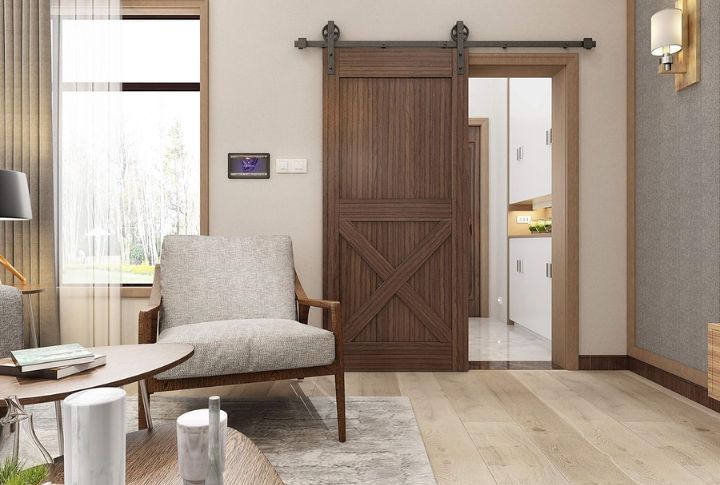
Farmhouse style has had a good run, but not every detail has aged as well as we’d hoped. Some once-charming staples are starting to feel a little tired—and designers are more than ready to move on. If you’re curious which farmhouse trends they’d happily leave behind, you’re in the right place.
Shiplap Overload
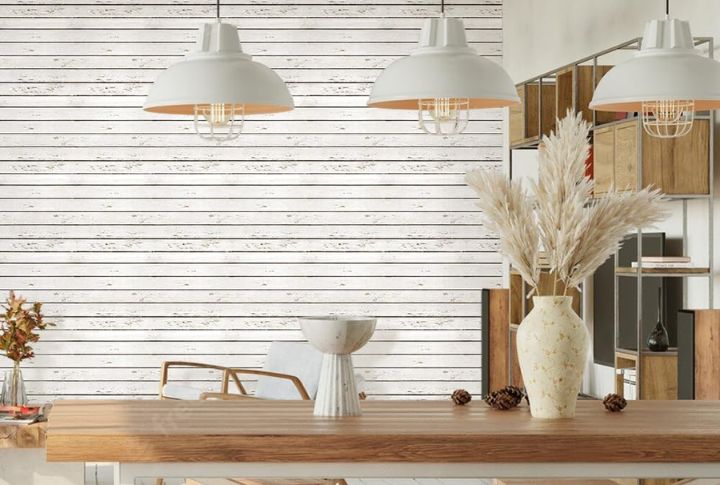
Once a charming architectural detail that authentically graced rustic farmhouse walls, shiplap rode a massive wave of Pinterest-fueled popularity into mainstream home design. Some designers now lament that this horizontal wall treatment has become a victim of its own success. And they say it’s stripped modern farmhouse interiors of their originality and character.
Distressed White Furniture
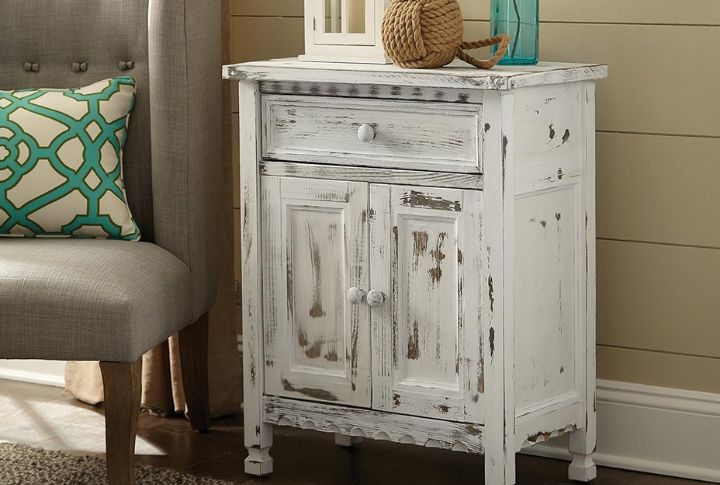
What began as a heartfelt nod to timeworn antiques quickly lost its soul when distressed white furniture hit mass production. While these artificially aged pieces once epitomized farmhouse charm, their cookie-cutter weathering now reads as more generic than genuine. Modern designers either bypass the look entirely or refresh it by incorporating contemporary, colorful elements.
Barn Doors Inside Homes
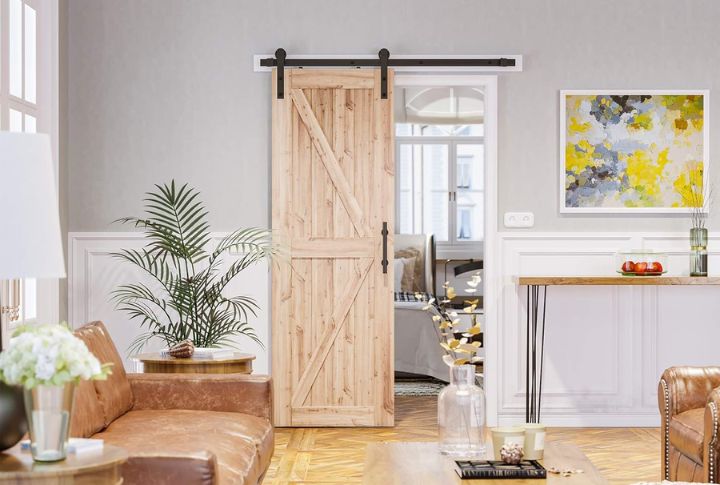
The barn door’s journey from farmyards to living rooms highlights our tendency to romanticize rural life while overlooking its original function. This was once a practical solution for agricultural spaces, but nowadays it has become a stylish centerpiece in suburban homes. Today, clients are being guided toward designs that maintain appeal without any hint of rustic overtones.
Mason Jar Everything
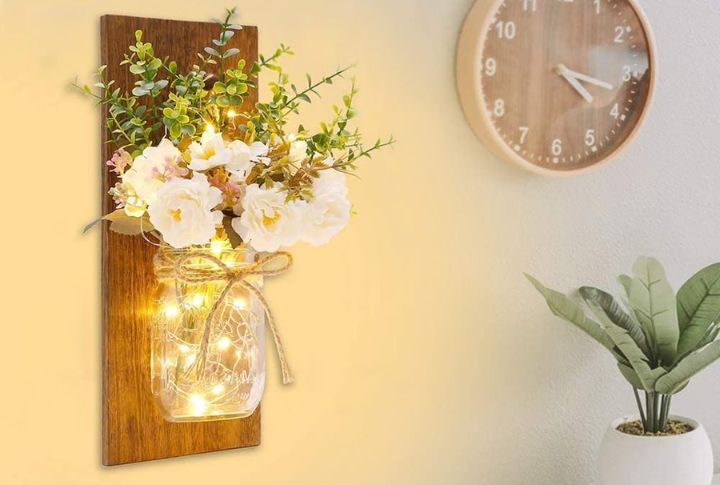
Here’s the thing about mason jars—they weren’t invented to make your kitchen look Pinterest-perfect. Back in the 19th century, they had one job: preserving food. Somewhere along the way, they became the poster child of rustic decor. Now, the mason jar craze is finally fading, making room for fresher, more modern styles to take over.
Overdone “Gather” And “Blessed” Signs
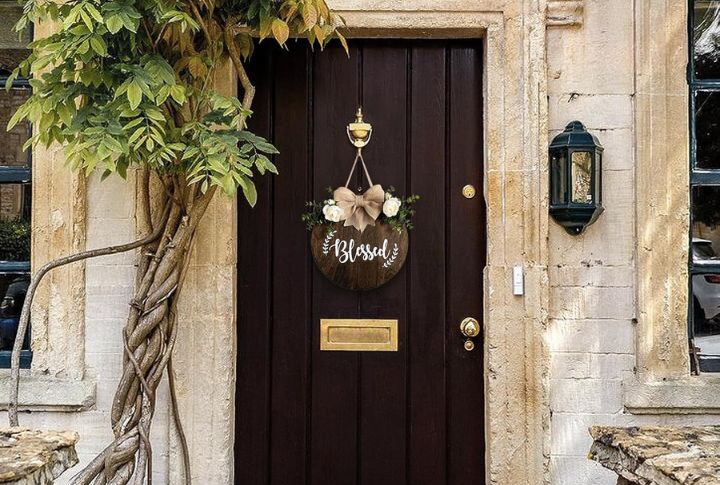
Remember when “Gather” and “Blessed” signs felt like genuine invitations to cozy farmhouse living? Those days are long gone. As craft-store replicas and DIY trends flooded homes, their charm turned into a cliche. Designers are currently ditching the mass-produced look for personalized pieces that tell a story—your home’s story.
Faux Rustic Beams
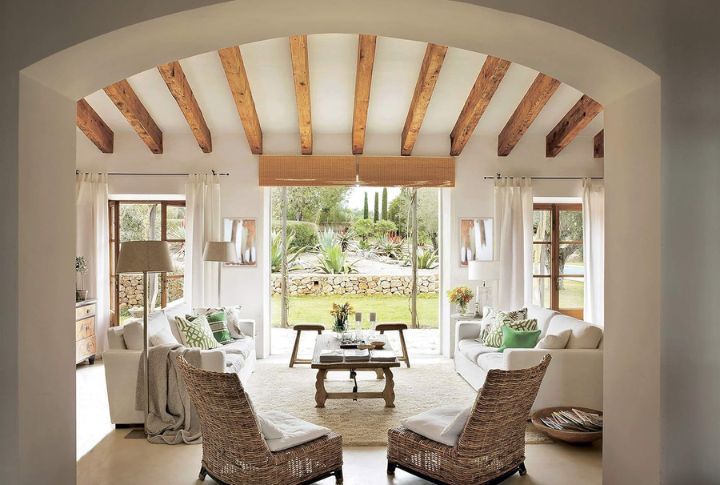
In modern interior design, authenticity wins, which explains why faux rustic beams have lost their appeal. These lightweight polyurethane and foam installations are outdated shortcuts that clash with today’s focus on authentic materials. A better alternative is reclaimed wood beams, which deliver the sustainable, architectural character that contemporary spaces demand.
Too Much Gray And White
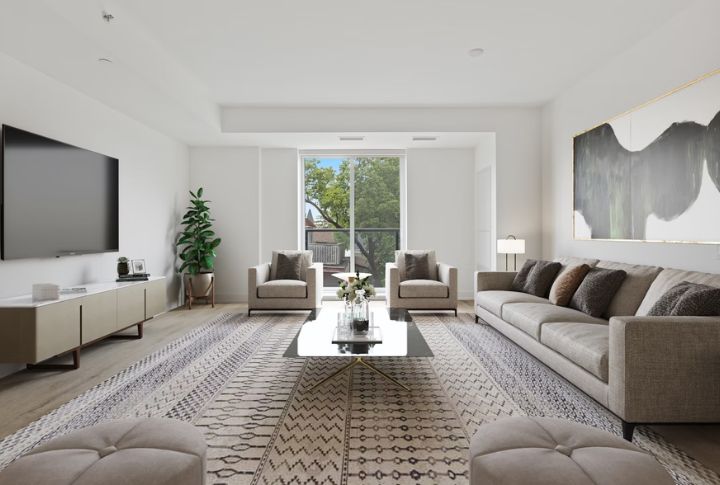
The stark grays and whites that once symbolized farmhouse chic now feel oddly clinical and reflect our collective shift from Instagram-perfect spaces to homes that actually nurture the soul. As the cool tones popularized by 2010s renovation shows fade, homeowners are gravitating toward warmer neutrals and bold colors.
Galvanized Metal Decor
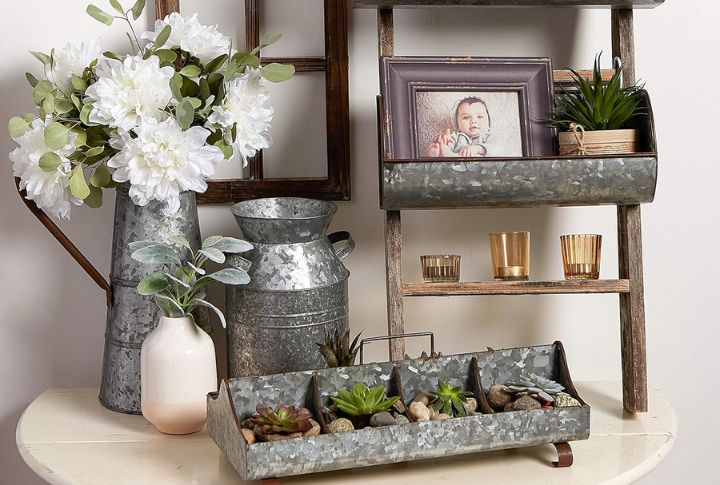
There was a time when galvanized metal meant authenticity—a nod to simpler, rural roots. Buckets, trays, and bins brought the farm indoors. But styles change. Designers now favor mixed metals and subtle warmth, letting galvanized accents linger mainly on porches, where nostalgia meets practicality.
Plaid And Buffalo Check Overuse
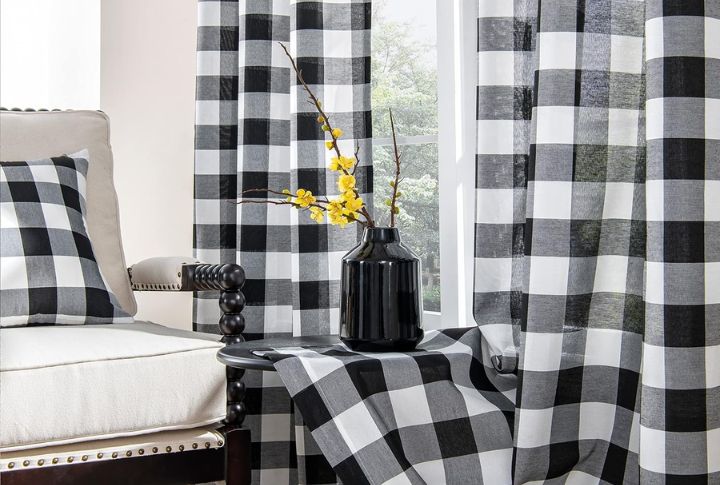
The human psyche was drawn to buffalo check and plaid patterns in farmhouse decor because of their authentic ties to 19th-century workwear. These patterns offered a sense of comfort, rooted in their durable and rustic heritage. Yet this very quest for authenticity has backfired, leading to overexposure, as these once-meaningful textiles now read as tired design shortcuts.
Open Shelving Kitchen Walls
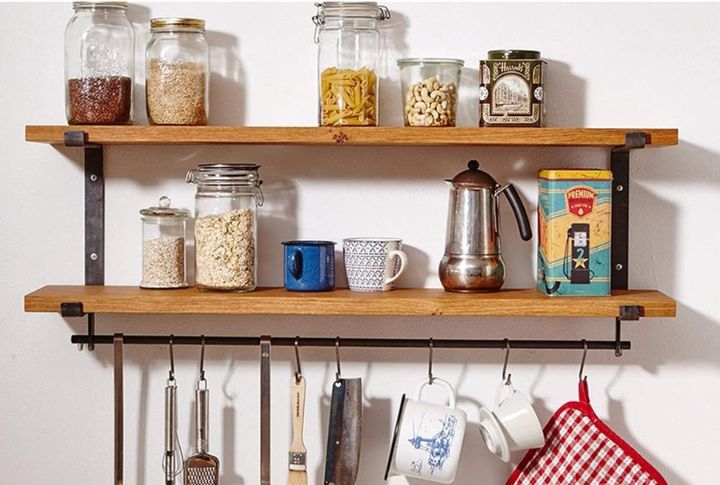
Kitchen storage design has come full circle, with a shift from traditional cabinets to the Instagram-era obsession with open shelving that promised airier spaces and pretty dish displays. But as homeowners battled dust and visual clutter, a more practical hybrid approach emerged that combined closed storage with selective open shelving.

